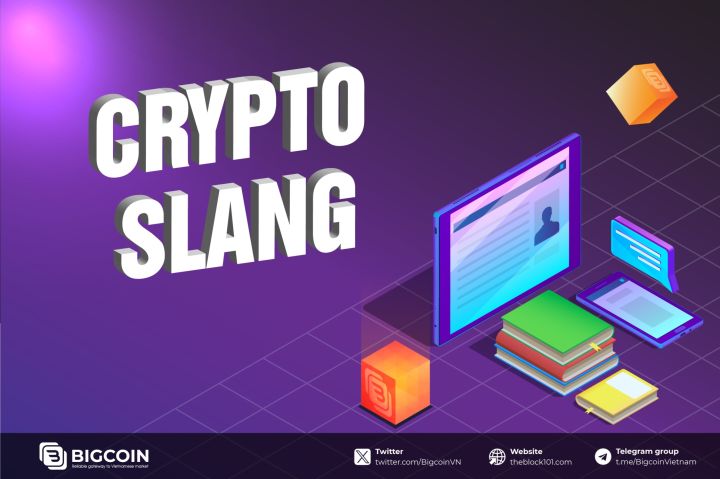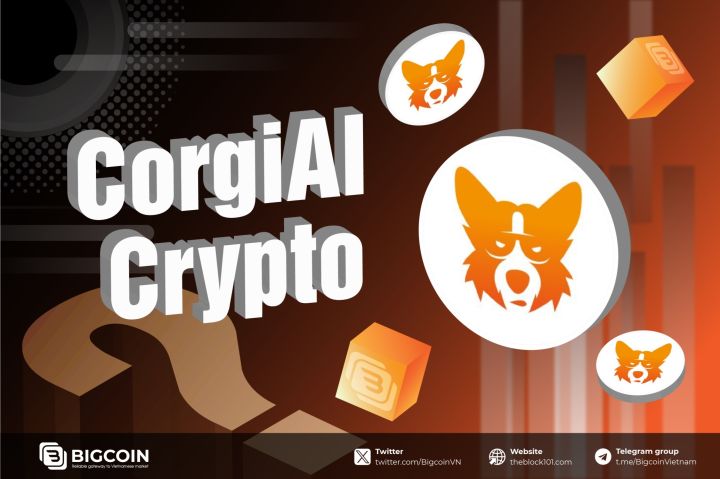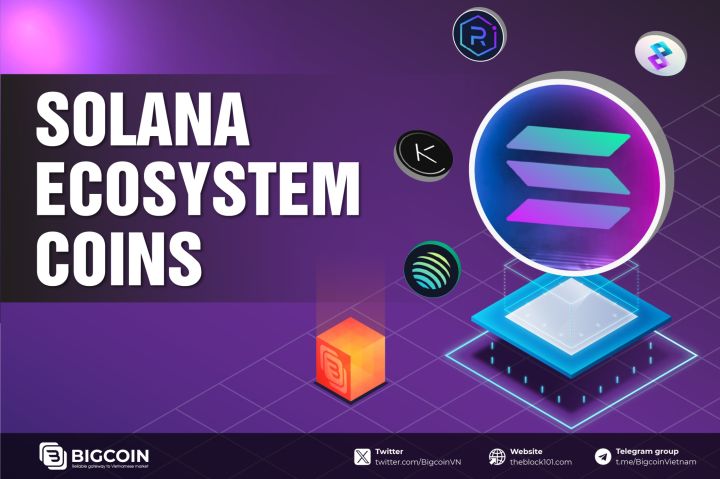1. What is a DApp?
DApp stands for Decentralized Application, which are decentralized applications, built on the Blockchain network and operated by Smart Contracts with a Front-end interface for users.
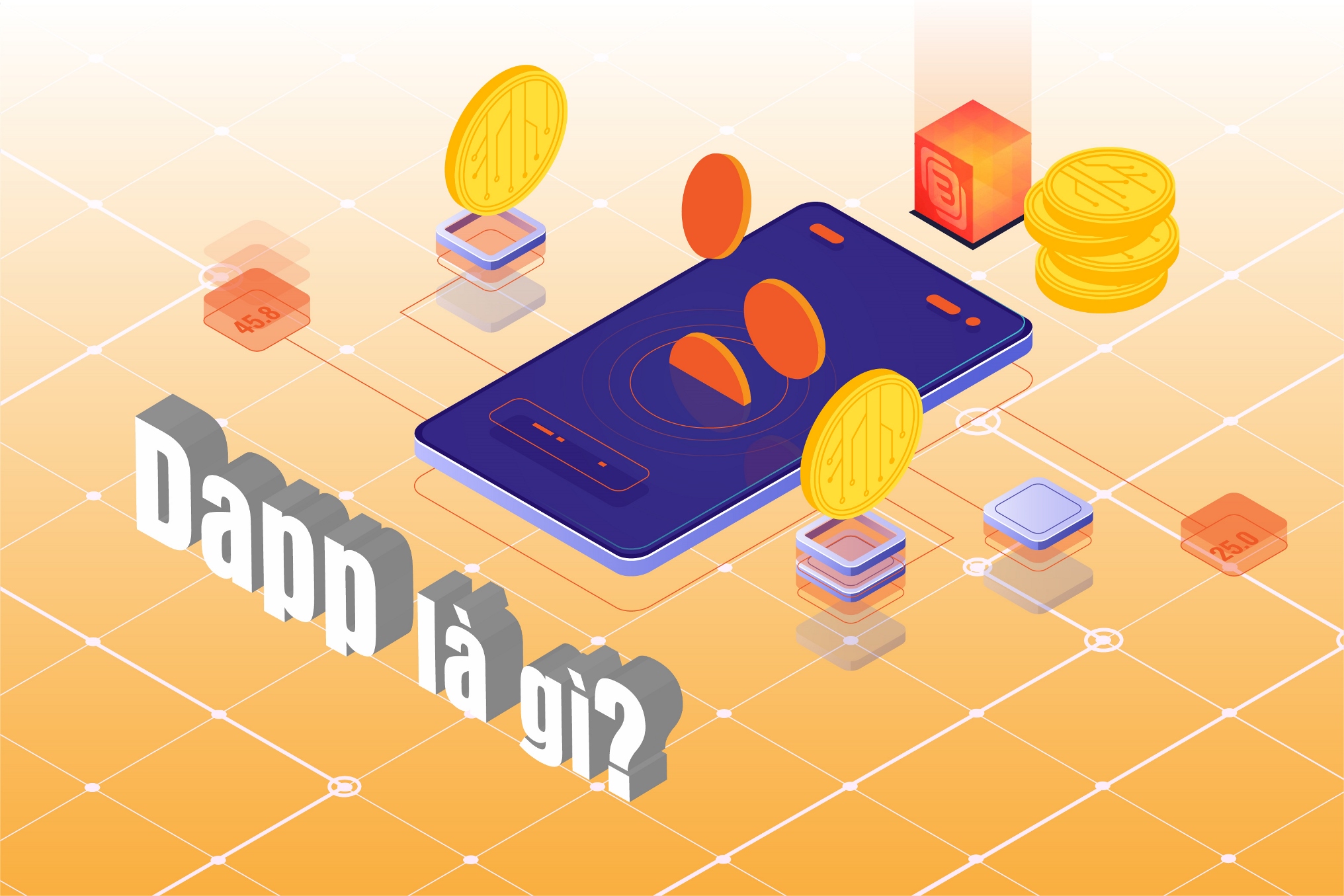
These applications will focus on solving problems in a certain field such as providing games, entertainment, social networks, borrowing and lending platforms, farming, etc. DApp was born to helps users access decentralized financial services (DeFi) easily.
The nature of decentralized applications will depend on the Blockchains that Dapps build directly on, such as: transaction speed, transaction costs, stability,...
In November 2017, the first Dapp on Ethereum to attract the attention of real users was a game called CryptoKitties.
2. Outstanding features of DApp

Decentralization: DApps share decentralization, no one can control user activities on them. This ensures freedom and independence for users when using DApp services without having to depend on any organization.
Open source and community consensus: Although the majority of DApps have closed source code, there are also DApps with open source code. In this case, any changes require community consensus, with no organization controlling or managing the DApp.
Data Protection on Blockchain: All DApp data is encrypted and stored on Blockchain to prevent Single Points of Failure. Each node in the Blockchain network stores a copy of the data, ensuring that if a node experiences problems, the DApp's data remains protected.
Using cryptocurrency as a means of payment: DApps require users to use cryptocurrency to pay for their services. Users can use these tokens to access and use DApp features conveniently and securely.
Built on Blockchain with Smart Contract: To become a DApp, it must be built on Blockchain platforms that support Smart Contract. This ensures the safety and reliability of transactions and operations within the DApp.
Compatible wallet required: To interact with DApps, users need to use compatible cryptocurrency wallets such as MetaMask, Trust Wallet, or Binance Chain Wallet. This helps them access and interact with the DApp easily and securely.
3. What problems does DApp solve?
Based on the characteristics of the DApp, the application can solve problems such as:
- DApps will not be disrupted and there will be no Single Point of Failure (SPoF) issues.
- Blockchain has the characteristic that data cannot be tampered with, so when DApps deployed on Blockchain cannot be tampered with. Even the person who wrote and deployed the DApp cannot make any changes to the DApp after deployment.
- The decentralized nature of DApps also means users can have more control over the information they share. No company or third party controls users' personal data, they do not need to provide a real-world identity to interact with the DApp. Instead, people can use cryptocurrency wallets to connect to DApps and have complete control over the information they share.
4. Difference between Apps and DApps
Centralized application (Application)
Decentralized applications (abbreviated as App) are owned by the companies that build them. Users will interact with the application by downloading it. Then send and receive data through the company's server. Therefore, users' personal data can be controlled by companies and application publishers.

Decentralized Application
Decentralized applications (abbreviated as DApps) allow users to participate in transactions directly instead of going through third parties.
DApp users will use coins/tokens to pay developers to download and use DApp products.

5. Advantages of DApp
Censorship resistance: As stated above, DApps are difficult for third parties such as governments or individuals to control. Therefore, DApps can be developed as a communication platform because no one can delete messages or block messages from being posted.
Increased user privacy: With decentralized applications, users do not need to provide personal information (no KYC required) to use the functionality the application provides. DAPP will use smart contracts (Smartcontract) to complete transactions between two anonymous parties without relying on a third party.
Open source: This encourages the widespread development of the DApps ecosystem. Enable developers to build better Dapps with useful functionalities in the future.

6. Disadvantages of DApp
Requires significant computing power: DApps require large amounts of computing power to operate, which can cause strain on the Blockchains they run on. Processing transactions and operations in DApps requires large computational resources, which can put pressure on the Blockchain network.
Difficulty in modifying the back-end of a DApp: Due to the decentralized nature and replication of data on each node of the Blockchain network, modifying the back-end of a DApp can be difficult. It requires majority consensus from the network's nodes, and this can take a lot of time and effort to implement.
Facing competition among DApps: The diversity and rapid growth of DApps in the market makes it difficult to stand out and attract users. With strong competition, a DApp needs to be special and provide unique value to attract and retain users.
7. DApp applications
Financial application
Financial applications are commonly known as DeFi applications. The idea for this is to use blockchain to improve more complex financial applications like lending & lending, insurance, etc.
For example: AAVE, Compound, Curve Finance, MakerDAO,…
Financial sales application
Decentralized applications involve money, but also require another part, such as data from outside the blockchain: Play-to-earn Games, Bounty Programs, Airdrops,...
For example: Axie Infinity, Elemon,…
Other applications
Other decentralized applications that app developers are looking to create include online voting and storage applications: NFTs, decentralized autonomous organizations (DAOs),...
For example: QiDAO, OpenSea, Blur,…
8. FAQs
Q1: How are DApps different from traditional applications?
DApps typically do not have a central point of control and their data is stored on the blockchain, which creates greater security and transparency than traditional applications.
Q2: How to access a DApp?
To access a DApp, users typically need to use a compatible cryptocurrency wallet and connect to a web browser or mobile app.
9. Conclusion
DApp is a development step of Application, helping people access decentralized finance and is also the development trend of Blockchain. This is quite similar to the development of Internet-era websites that are developing due to user needs and making profits from it. In general, the number of Dapps is increasing day by day and we cannot deny the benefits of these Dapps.
Read more
What is OpenSea? Explore OpenSea's features

 English
English Tiếng Việt
Tiếng Việt


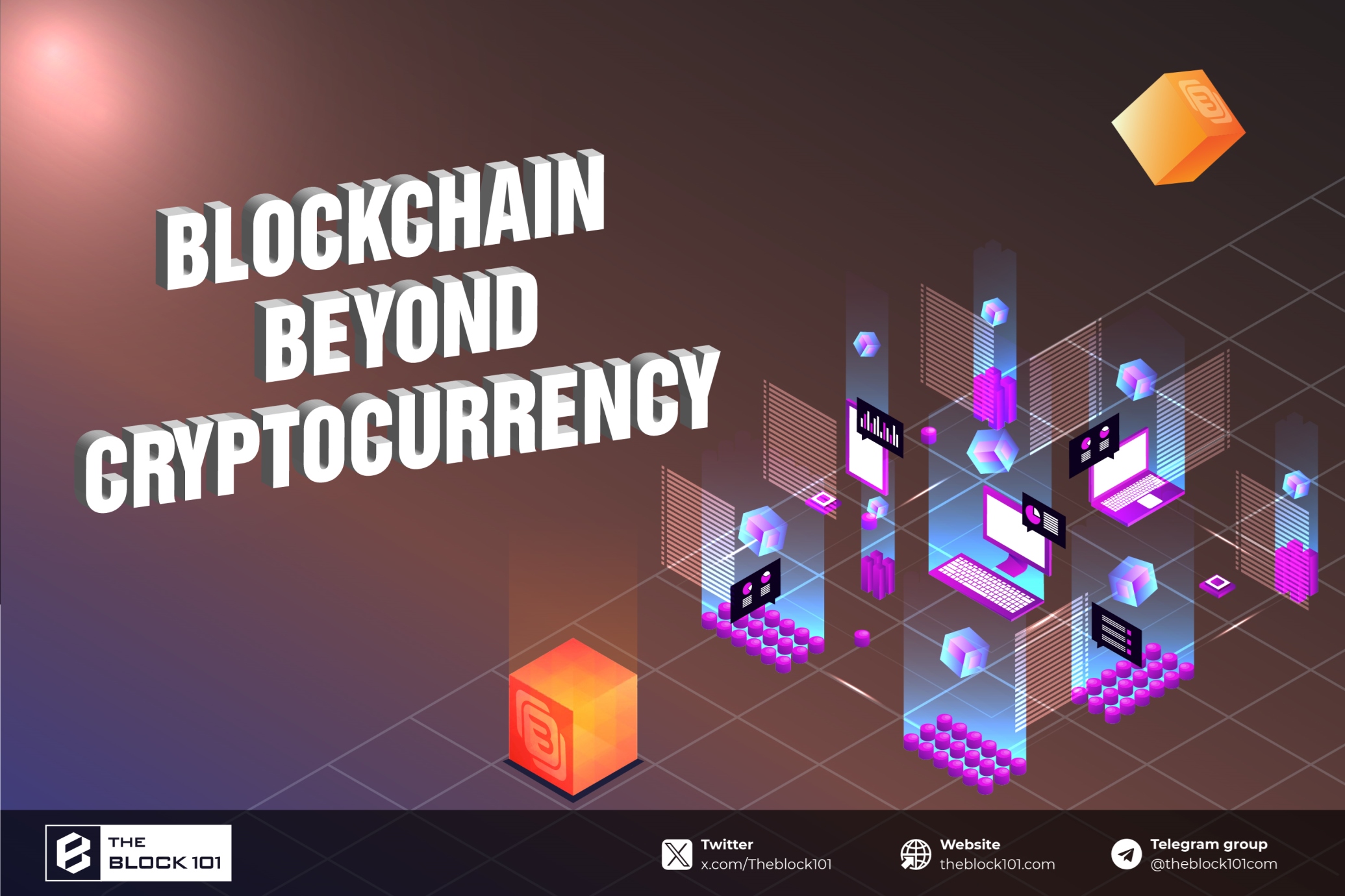
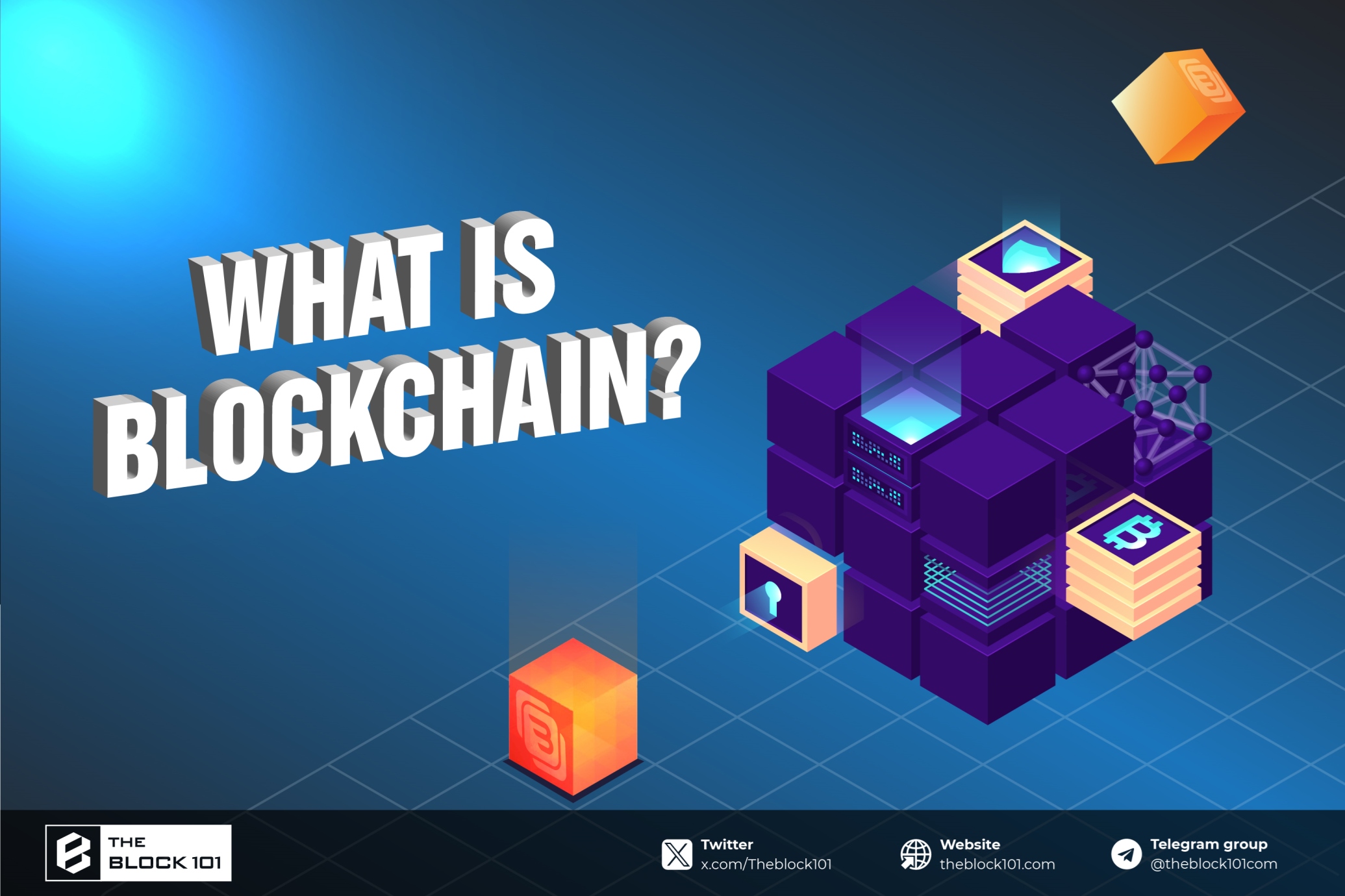
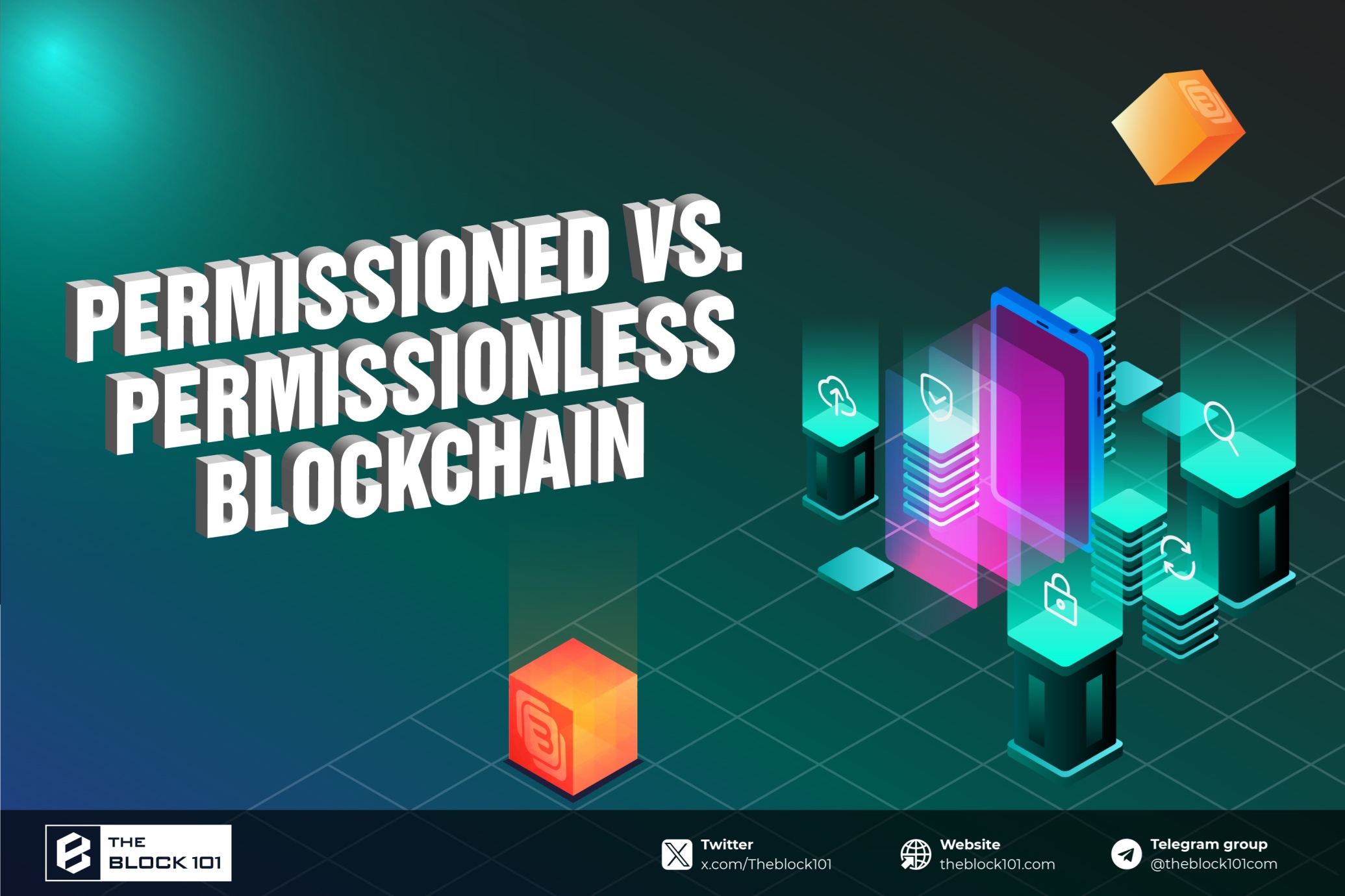
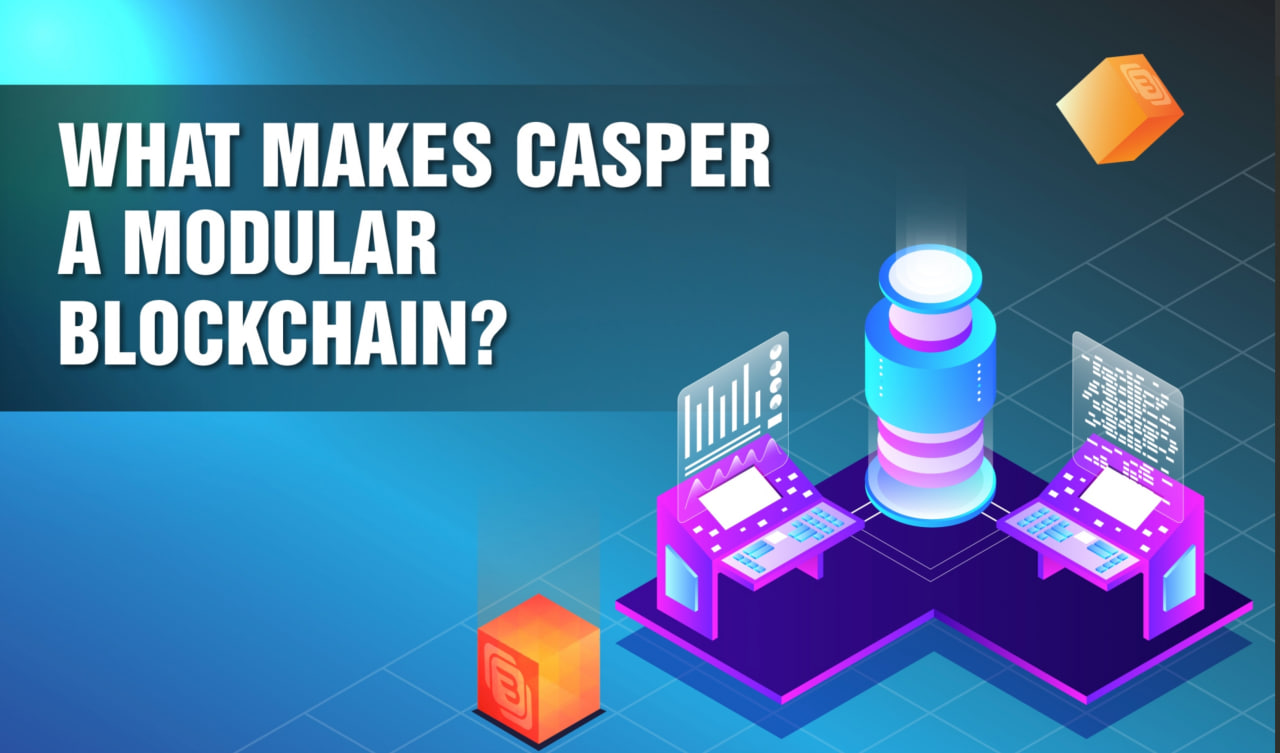





.jpg)

